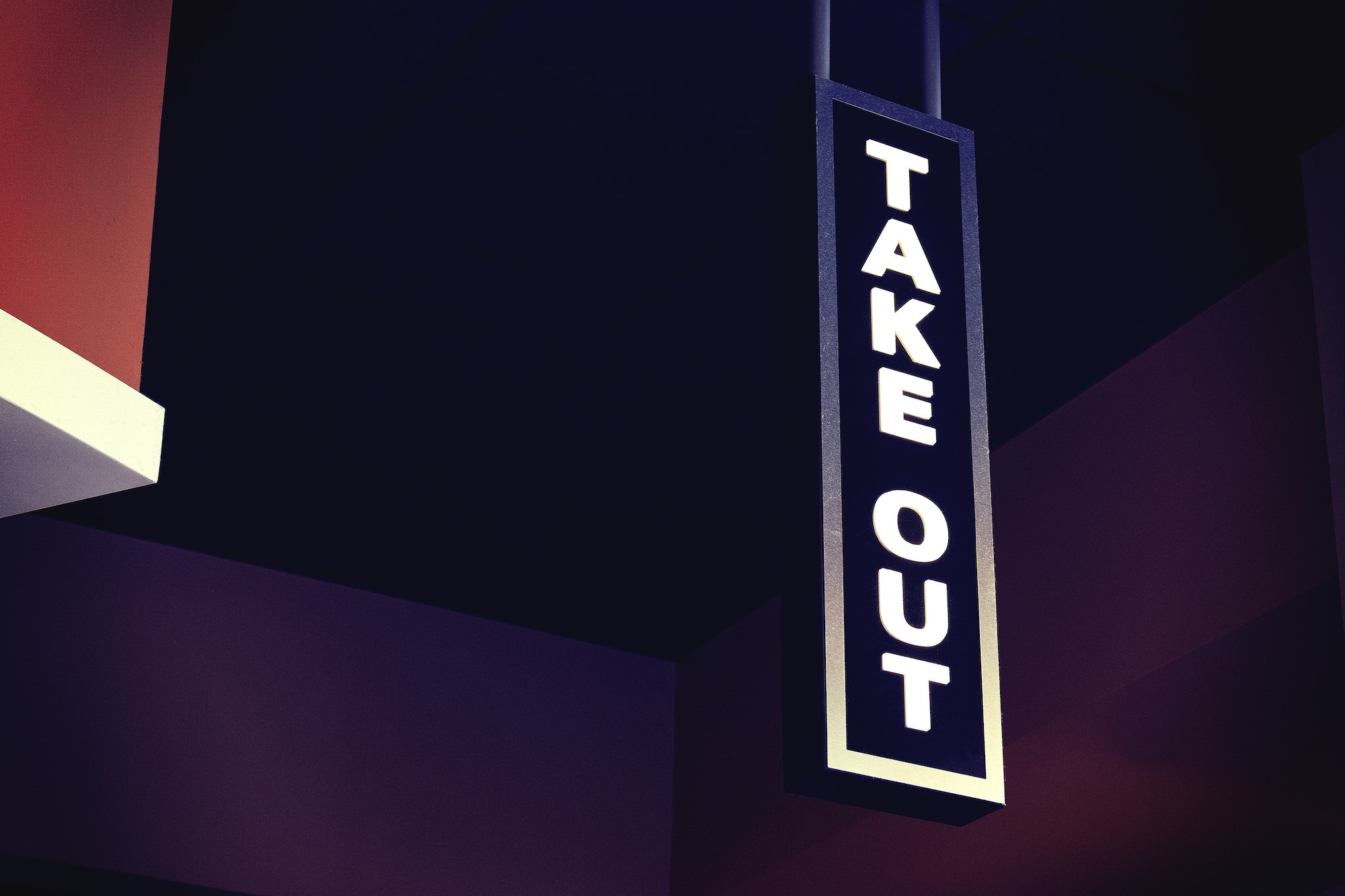We just want to know what fonts would look great on a restaurant signage. However, Aaron Palileo, ASEAN director of Tokyo-based CIA inc./The Brand Architect Group and marketing professor at Ateneo de Manila University, will have none of it. “Believe me, I’m a font addict,” he says. “Designing the logo is the fun part.”
We all wish it were that simple. When restaurateurs spot the name of their restaurant emblazoned above their door or entrepreneurs see the printed label of the barbecue sauce they have been formulating for months, it is the proverbial feather on their cap to top off months (if not years) of laborious planning and preparation. After coming up with the perfect establishment or product, business owners can’t be blamed if they want to get to “the fun part,” hoping it really was as simple as picking a theme and a trendy font.
Bootleg Innovation Design, Palileo’s partnership with buddies Jay Amante and Paolo Abella, is usually called upon by entrepreneurs thinking that “branding” is all about configuring a nifty logo. While they admit to having aversions (“Please! Let’s not do neon,” says gallery and bar owner Amante) and preferences (“I like hand-drawn illustrations,” says filmmaker/commercial and music video director Abella), there are no cookie-cutter answers. But, as Abella points out that there is a universal theme, “the brand needs to be consistent with the owner’s personality.”
The nitty-gritty
The trio’s mission is usually to get to the core of the brand’s characteristics. Palileo admits to being “underwhelmed by traditional marketing.” Their unorthodox methods usually employ the help of psychologists and socio-anthropologists; a meticulous and tedious process that they applied to clients such as Serenitea and Fresh Options Meat Shop to deliver a strong brand strategy and customer experience design. They also researched and developed overall strategies for Carmen’s Best Ice Cream and American snack bar concept Taters.
“First, we need to help these brands figure out what they are offering,” Palileo says. “They have to be able to get their ideology across their customers.” Some brands are designed to appeal to people’s needs. Amante shares points they pondered when working with Serenitea. “When people think of their brand, is it meant to make them more relaxed? Energized? Or is it meant to be an indulgence? Their branding design needs to reflect that.”
Get in people’s heads
Traditional marketing calls for business owners to know their target market. Once that is established, Palileo encourages clients to figure out what controls their behavior. The psychologists in their team help them decipher imprints or remarkable experiences in the past that people associate with certain things. In this case, food and beverage. “What are the things we associate with milk? With ice cream?” Palileo asks.
Sometimes, imprints help pinpoint a brand’s unlikely competitor. “For Carmen’s Best, subjects kept on referring to Arce Dairy as a brand cut from the same cloth. And they have been around for decades, still selling their ice cream in those copper tins. Surprisingly, that’s the imprint that Carmen’s Best fans have when made to regress.” Imprints also help business owners edit their offerings or menu items with the knowledge of what motivates their market’s decisions.
Own it
Surprisingly, after all the work these branding experts put into their research and strategic planning, sometimes clients find it difficult to connect with the end result. “That’s why the process is so important,” Palileo says. Based on their experiences with past clients, some have a completely different perspective and is far removed from their brand and market. When there’s a disconnect, clients unfortunately refuse to follow through on their strategy and design.
Unfortunate, of course, since these brands have finally figured out their personalities that will be used in designing a logo. Abella, dubbed “The Fonter,” lays out the options and important points that need attention. “Is your brand a classic? Is it a sans serif?’ Also, will the design stand out?” It would be best to know what these clichés are, he says, in order to avoid them. “Unless,” Abella corrects, “you can pull it off.”
This explains why the three caution against being a slave to trends. While some themes and fonts might seem current, they may not necessarily be the right fit for the personality of the establishment or product. And, like a pair of jeans that fit to a tee, a well-conceptualized and strategized brand design evokes strength and confidence.
“People can tell when you have a clear point of view,” says Abella.





